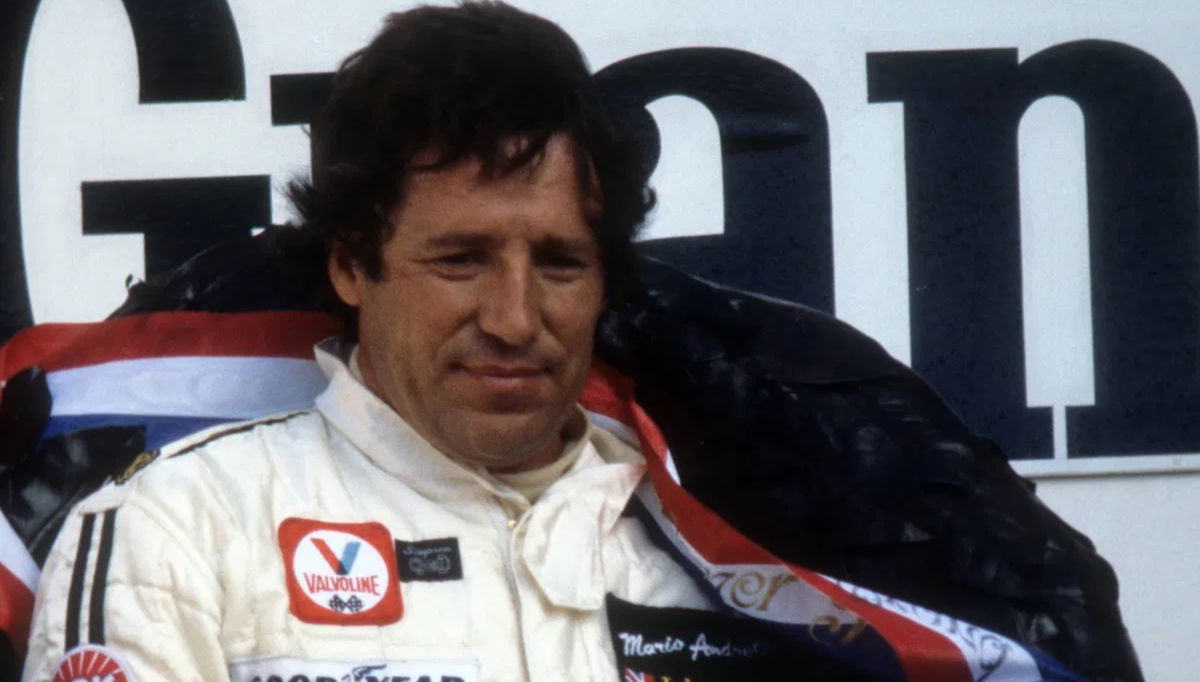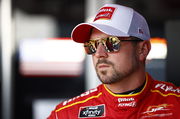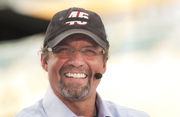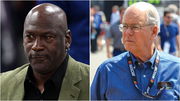
Imago
via Imago

Imago
via Imago
When Mario Andretti rolled into the Daytona infield in February 1967, the lanky American—already renowned in IndyCar and sports cars—stunned the NASCAR world by winning the Daytona 500. Driving for Holman-Moody, Andretti’s victory was historic, making him the first foreign-born, European, and Italian driver to win the prestigious race. Though his ventures into stock cars were limited and never a full-time detour, his success underscored the Andretti family’s diverse racing ambitions and refusal to be confined to a single discipline. This cross-series appetite eventually fueled the Andretti push to break into Formula 1.
Watch What’s Trending Now!
The Andretti Group’s bid for entry into Formula 1 unfolded amid a drama of approvals, commercial negotiations, and blunt assessments about competitiveness. Although the FIA approved their application in October 2023, Formula 1 management rejected it in January 2024, citing insufficient commercial and competitive value against the backdrop of manufacturer involvement. Despite a strategic partnership with General Motors and Cadillac underpinnings, the bid failed to meet Formula 1’s stringent criteria for new entrants. With this setback, the promise of an Andretti F1 team may now be delayed indefinitely, highlighting the challenges of joining modern Formula 1.
ADVERTISEMENT
Cadillac clears the way, but closes the door
Formula 1 is set for expansion in 2026, but CEO Stefano Domenicali has made it clear that the sport has reached its limit when it comes to welcoming new teams. With Cadillac joining the grid as the 11th squad, Domenicali has all but ruled out a 12-team lineup for the foreseeable future, stressing that the championship has “no more room.” Domenicali also reflected on the Andretti Global bid and was careful to stress that the decision was not a dismissal of the Andretti name. “When we received the Andretti project, our view was negative, not because Andretti wasn’t good. Mario is a legend, an icon of this sport, and a friend. We simply didn’t see the substance behind the project that we consider necessary.”
The American giant’s entry, backed by General Motors, will revive the F1 grid to 22 cars for the first time since 2016, when Hass debuted and Manor bowed out. Cadillac will run Ferrari power units initially before developing its own engines for 2029. While racetracks themselves can handle larger fields, as Formula 3 regularly manages 30 cars on a single grid, Domenicali pointed to the logistical bottlenecks that F1 faces. Adding another team would push pitlane and paddock infrastructure, particularly at venues like Monaco, to the breaking point. “We have to be cautious,” Domenicali warned. “We’ll only evaluate a bid of great significance because I think we’re already at a point with no more room, logistically we’re at the limit.” His remarks underline a firm stance: F1 is open to growth, but only when it brings substantial value.
Domenicali: “When we received the Andretti project, our view was negative – not because Andretti wasn’t good. Mario is a legend…We simply didn’t see the substance behind the project that we consider necessary. Things changed when General Motors came in.” https://t.co/OpOgxUGtFt
— Adam Stern (@A_S12) September 6, 2025
ADVERTISEMENT
The Italian executive also emphasized that acquiring an existing outfit remains the most realistic route for those hoping to enter F1. With team valuations soaring, outside investors are increasingly circling the championship. “I see great interest from funds and investors looking to buy current franchises, let’s call them that, because a team’s value is growing exponentially, and therefore financial interest in investing in F1 is also increasing,” Domenicali explained. “We see it first-hand because we receive many enquiries, and the same happens to the teams. But precisely because things are going well, we must be prudent and protect the value of what we’ve built.”
What ultimately tipped the scales was the involvement of General Motors itself, which transformed the project into the Cadillac-branded entry that secured approval. “Things changed when General Motors came in,” he continued. “We saw significant investment with a 10-year plan and immediately spoke favourably because we believe in this case the project can bring added value to the system. We’re already seeing it now, they’re investing in the US market to promote their new initiative, so that guarantees a benefit.” With Cadillac on board, F1 has found the balance between tradition, ambition, and sustainability, while ensuring the grid does not outgrow the limits of its infrastructure.
ADVERTISEMENT
Top Stories
‘RIP’: NASCAR World Crumbles in Tears as 39-YO Former JR Motorsports Driver Passes Away

31-YO NASCAR Cup Team Joins Hands With Richard Childress to Leave Ford Alliance After 2025 Reality Check

Courtroom Falls into Dead Silence as Heather Gibbs’ Heart-Ripping Account of Husband Coy’s Death Stuns the Trial

EXCLUSIVE: Kyle Petty: NASCAR’s Renaissance Man

Michael Jordan Exposes NASCAR’s Harsh Reality as Jim France & Family Faces Uncomfortable Questions

Formula 1 eyes NASCAR-inspired changes amid backlash
Under Stefano Domenicali’s leadership, Formula 1 has embraced sweeping changes, from expanding the calendar to introducing sprint races in 2021. Now, the F1 CEO has floated another controversial idea of shortening the length of races to better appeal to younger fans. As Domenicali explained after the Dutch Grand Prix: “We believe it’s a bit too long for young people. We’re seeing on many of our channels that highlights are very popular.” This suggestion has divided fans worldwide, with many questioning whether altering F1’s DNA would backfire.
Domenicali remains firm in his belief that sprint weekends are the way forward, saying, “I have to say that aside from some older die-hard fans, everyone wants sprint weekends. Promoters push for this format, and now the drivers are interested as well. I’m being a bit provocative, but free practice appeals to super-specialists; people who want to see more action prefer a sprint weekend.” He further emphasized growing support from drivers themselves: “For the drivers, initially eighteen were against the sprint and two in favour, today it’s the opposite. We discussed it at the dinner we organised in Austria, and everyone spoke in favour.”
ADVERTISEMENT
However, comparisons with NACSAR raise red flags. After reducing practice sessions and revamping qualifying formats in recent years, NASCAR has struggled to sustain television ratings and live attendance. Fans of the stock car series often lament the loss of affordable opportunities to watch practice runs and connect with their favorite drivers, while simulators have replaced much of the on-track preparation. Many fear that if F1 follows a similar path by cutting race lengths, it risks alienating its traditional fanbase even as it chases new, younger audiences.
ADVERTISEMENT
ADVERTISEMENT
ADVERTISEMENT

